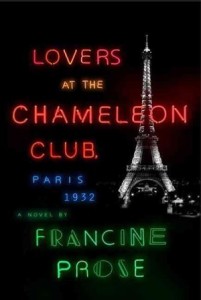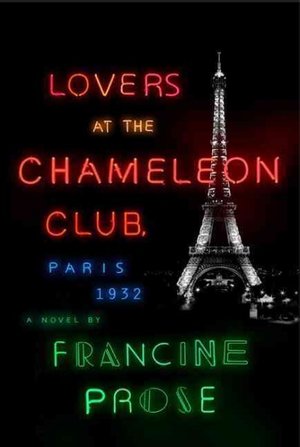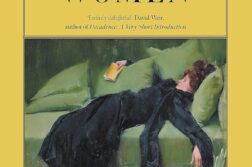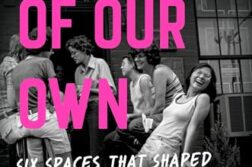 Lovers at the Chameleon Club, Paris 1932: A Novel
Lovers at the Chameleon Club, Paris 1932: A Novel
by Francine Prose
HarperCollins. 448 pages, $26.99
CROSS DRESSERS, artists, poets, writers, jaded chanteuses, fabulously wealthy aristocrats, brilliant conversations, and an endless flow of magnums of champagne converge in Paris, that “City of Light.” Starving multitudes, unheated garrets, anti-Semitic mobs calling for blood, degenerates, falling-down drug addicts, and dark foreshadowings of fascist atrocities to come also converge in Paris, a city of darkness as well.
Both Parises figure prominently in Francine Prose’s new epic novel, Lovers at the Chameleon Club, Paris 1932. Spanning more than twenty years, the novel depicts the lives of various characters that offer their perspectives on each other’s lives as well as the historical moment. The work is a psychological and social portrait of France between the wars.







